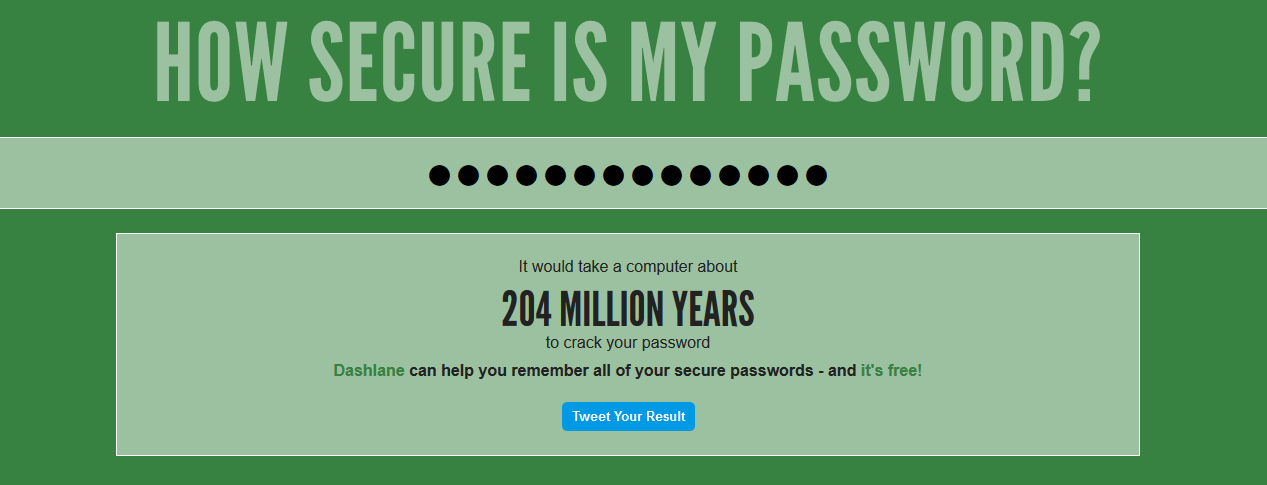
Data is one of the most important assets to a business, most often the key to many business’s success. But what happens if this data was to fall into the wrong hands? Without proper constraints in place, your business data may be vulnerable to potential threats.
We’ve compiled a list of methods to ensure your critical business data remains safe and secure.
This seems to be one of the most obvious methods, yet is sometimes overlooked. Operating without an effective Anti-Malware/Anti-Virus protection software exposes your business to external threats, such as Ransomware, and other various malwares.
In the event that your data is irrecoverably lost, compromised, or stolen, it is important that duplicate copies of your data are readily available in times of disaster recovery. It is best practices to back up your data on an external device, such as and external hard drive, and stored in a secure off-site location or ensure your data is saved to the Cloud to avoid data loss.
I’m sure we’ve all heard of the ‘Cloud’ by now, but what is it and why should your business use it? The Cloud is a platform which enables you to access all of your important files and documents anywhere – on any device.
The Cloud offers you an ideal solution for when it comes to backing up your data. All data stored in the Cloud is encrypted and kept in a secure offsite datacentre. And with many Cloud service providers to choose from – such as Microsoft Office 365, Dropbox, and Google Docs – the Cloud is increasingly becoming the new standard in businesses today. Especially as it acts as a viable disaster recovery option.
Whether you are using Windows, Mac, Linux, or another OS, it is vital that you perform updates on your computer/device. Operating Systems regularly push updates to our computers/devices which include patches to protect us from ever-evolving malware and viruses.
It is recommended that you set your computer to automatically update when an update becomes available, you can even schedule which time of day you would like updates to occur through your computer’s settings. This way you will never forget to update your computer and the updates will not interfere or interrupt with your work schedule.
Passwords can be easily cracked by online hackers; you must always make sure you are using a strong password. These passwords should include a minimum of eight characters, contain capital letters, at least one numeric character, and a special character.
A useful website to check out if you want to see how secure your password is can be seen at howsecureismypassword.net. This website shows you how long it would take a computer to crack your password.
Remember: Never use personally identifiable information as a password, such as your PPS number, phone number, PIN codes, etc. This information will first be used by hackers to try and gain access to your data. And NEVER have your passwords written down next to your computer or device.

Although it would be much easier to use one strong password across all websites and services – don’t. If a hacker somehow cracks your strong password, and you are using the same password for more than one service or account, they will easily gain access to all your data in which that password is used. Protect your data by creating multiple strong passwords for each of your services or accounts.
If you find it hard to remember many passwords, there are many great services online that can securely store your passwords in a database which allows you to use one master password to log in to see your passwords. Some of these services include: LastPass, Dashlane, KeePass, and RoboForm.
Increasingly becoming the most common form of infection, opening email attachments from unknown sources exposes your data to many threats, such as Ransomware. Many of these attachments include malware which will infect or encrypt all data stored on your computer or device. If you are unsure about whether or not you should open an email attachment from an unknown email address, contact your IT department or Managed Service provider to ensure it is safe.
Many anti-viruses will scan these attachments for you, but if you are still unsure, you can visit VirusTotal to analyse suspicious files. Upload the attached document to the site – without opening it – and VirusTotal will run the document against all industry-leading anti-viruses to detect malicious activity.
Whether this mean shredding old documents that are no longer used, or eliminating data from a computer/device, it is best practices to remove all unused data to make sure it doesn’t fall into the wrong hands.
We hope you found this list helpful. If you feel like your computer or device has been infected or you would like to increase security across all computers/devices, contact Bluescope today for a tailored solution to suit businesses of all sizes.